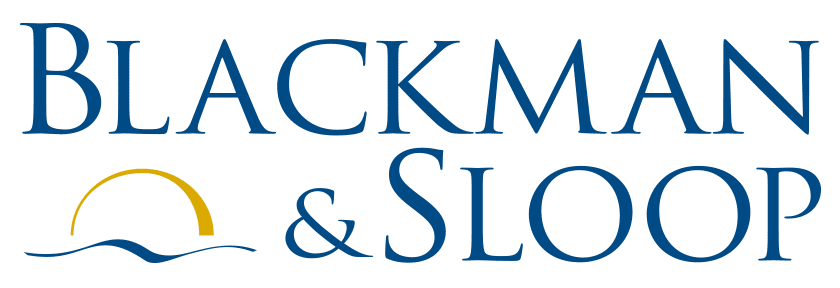We often read about how technological advances, such as artificial intelligence, will someday be used for customer-facing jobs – even eliminating the human touch. However, small firms that rely on trust and personal relationships are not likely to benefit from these innovations. Nonetheless, technology – when used effectively – can enhance a firm’s efficiency and free up resources so that more human time can be spent on customer interaction. Used in combination, technology and personal relationships can improve a company’s bottom line.
One of the best ways to use technology is to enhance current processes. Over the past two decades, many firms have begun tracking their client and prospective client interactions via spreadsheets and data software. These days, automated workflow tools can replace many of those older, time-consuming tasks by integrating single-source data for a variety of uses.
For example, meeting notes can now be stored and mined so as to retrieve and compare reported results from month to month or year to year. Client databases can be integrated with information from multiple sources, including handwritten notes, post-its, voicemails and emails. By collecting, compiling and analyzing related information from every available source, client-facing personnel can track previously asked questions – and answers – so that information is transparent, consistently communicated and reviewed to help understand the concerns of individual clients. This data can be used for periodic outreach communications that directly touch on the issues of greatest interest to each client – proving that technology can actually enhance client relationships rather than detract from them.
However, to take advantage of automated workflow tools, it’s important to conduct periodic reviews to identify ongoing challenges and issues within your organization, as well as research tech solutions that can address them in a more efficient manner. The goal is to compile both client data and relevant project information in a centralized location to improve efficiency and collaboration.
The following are a couple of examples of automated workflow tools that can enhance small business operations.
Scheduling
It’s one thing to have a triggering system designed to automate scheduled appointments. However, many times these meetings are wasted because either clients do not arrive with the information (such as forms and receipts to complete a tax return) they need to provide, or the consultant has not completed the assignments necessary to facilitate a productive meeting. A scheduling tool can do more than signal it’s time for a periodic consultation. It should be integrated with previous meeting notes to share any ongoing issues that need to be monitored, discussions tabled for a later date, tasks or forms that need to be completed and details of next steps – updated when they are completed. By integrating scheduling software with client data files, regular consultations are enriched with the information necessary for a complete discussion and more time can be spent building trust based on competence and personal interaction.
E-Signatures
Better yet, the more your client files are digitalized the less need for time-consuming, face-to-face meetings just to get a signature. Digital signatures are now a legally accepted form of agreement in many scenarios, and can be integrated as an automated workflow tool. While clients may initially be hesitant, it’s important to make the e-signature process simple in order to demonstrate its value over having to print out documents and sign, scan, upload and return them. Consider using the time normally spent on trying to get a client to respond to invite him out for lunch the first time he successfully completes an e-signature form.





